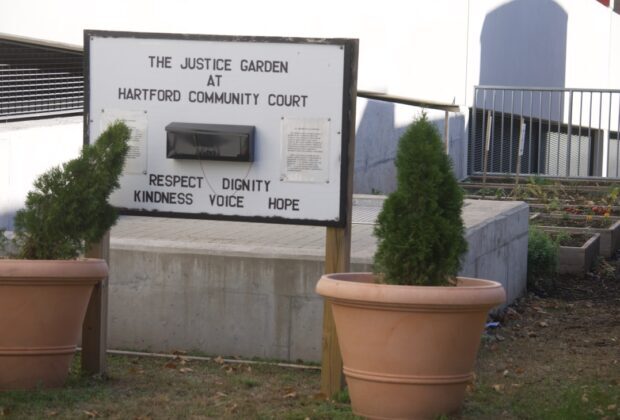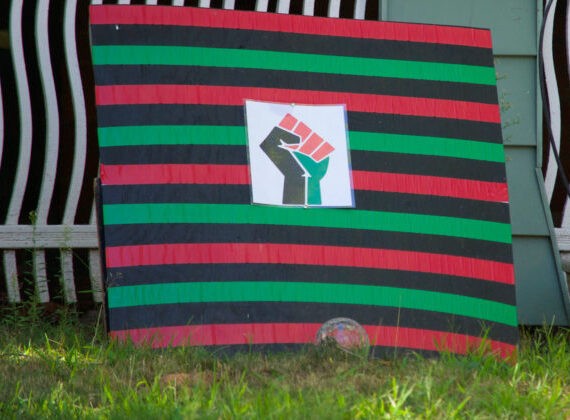The photos are of The Justice Garden outside of Hartford Community Court.
You now know as much about this as I do. Possibly more.
I noticed this awhile ago, and then forgot about it. The court area is not where I tend to spend my time, but last month the honor of my presence was requested for Jury Duty. Noticing the end-of-season flowers and vegetables was the least annoying part of that experience.
I’ve never seen anyone gardening, but you can see that the beds are tended to. They are jammed into a space between the court and a parking garage. I’ve wondered if this is better or worse than if community garden beds were installed across the street on the park/traffic island where Columbus was taken off his pedestal. That space is begging to be activated, and some friendly competition among gardeners would not be the worst thing.
Climate Possibilities is a series about climate mitigation, along with resilience, resistance, and restoration. It’s about human habitat preservation. It’s about loving nature and planet Earth, and demanding the kind of change that gives future generations the opportunity for vibrant lives. Doomers will be eaten alive, figuratively. All photographs are taken in Hartford, Connecticut unless stated otherwise.



